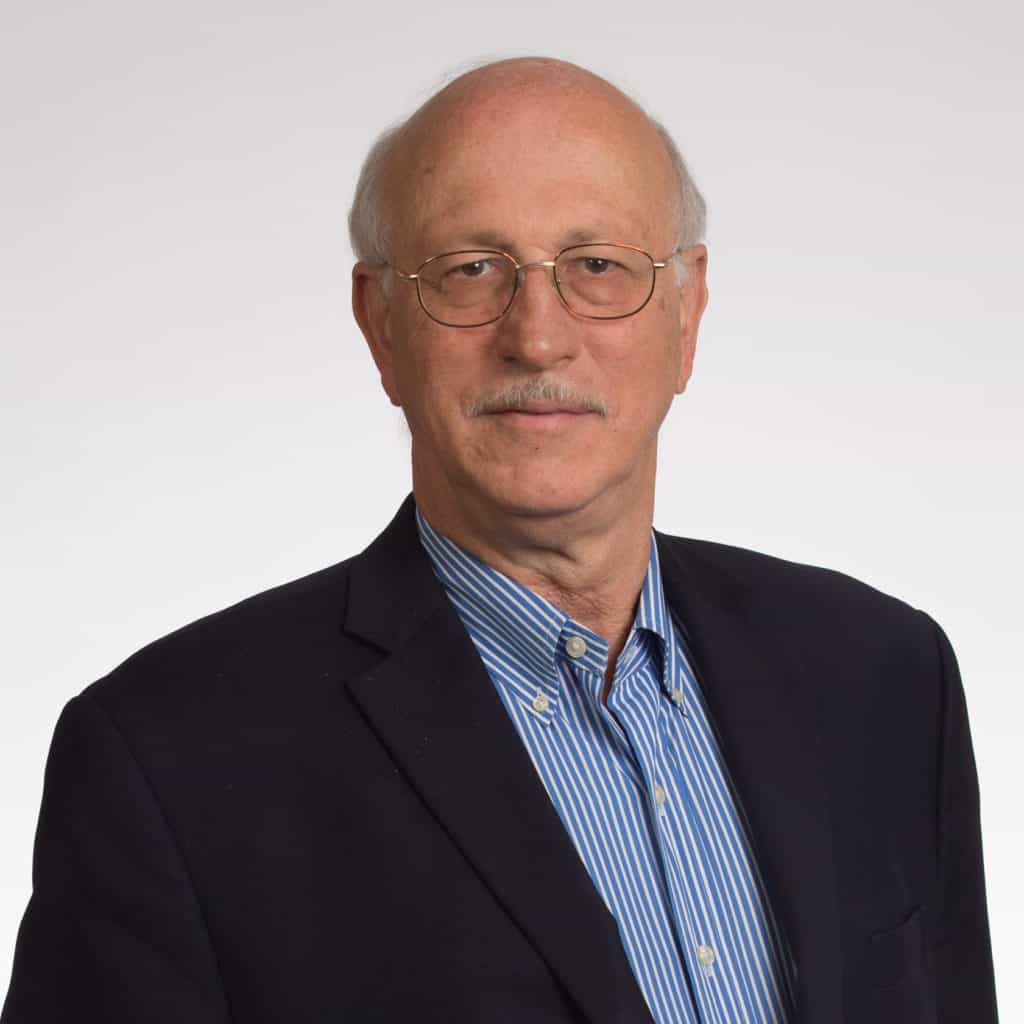National Academies convened committee to help FEMA address natural and climate -change induced hazards
Climate change is ramping up its destructive power.
Worldwide, climate-related disaster losses were up 83% in the 20 years ended 2019, compared to the 20 years ended 1999, according to a United Nations report.

The National Academies of Science, Engineering, and Medicine convened a committee of experts to help the Federal Emergency Management Agency (FEMA) establish a research agenda to address disasters caused by ordinary natural hazards, as well as by extreme weather events that are amplified in frequency and intensity by climate change. The first of two reports by the Committee on Hazard Mitigation and Resilience Applied Research Topics, titled Equitable and Resilient Infrastructure Investments, was released last week.
Adam Rose, a senior research fellow at the Center for Risk and Economic Analysis of Threats and Emergencies, a joint USC Price School and Viterbi School of Engineering research unit, was a member of the committee. We caught up with him with a few questions about the project.
Q: What were the main findings of the first report?
A: One of the findings was that the U.S. and other countries have not done a good job of making sure that infrastructure provision and protection served all societal members equally. Discrimination has been “baked-in” into funding and decision-making. We need to overcome this by increasing attention to marginalized groups, providing more opportunities for their participation in decision-making, providing more education and information about alternatives and designs, and modifying various institutions accordingly.
Q: Can you talk a bit more about how climate change disproportionately affects more marginalized communities?
A: It has long been known that natural disasters in general disproportionately affect marginalized individuals and communities. The same is true of short-term climate variability, which creates more frequent droughts and more severe hurricanes, and long-term trends, such as sea-level rise and increases in vector-borne diseases.
There are some interesting new aspects associated with climate change, however. The elderly can be considered a marginalized group, and they will increasingly suffer disproportionately from heat stress. Also, Indigenous populations in the U.S. have relatively inferior access to electricity services, and these will be increasingly stressed by severe storms and wildfires.
Sea-level rise tends in the opposite direction, in that well-to-do people represent a high proportion of the residents on or near the coasts. Also, there are an enormous amount of government infrastructure assets, both civilian and military, along our coastlines.
Q: Global action against climate change has long been stymied by arguments over who bears the responsibility for addressing global warming. Did your work with the committee illuminate any answers to this argument?
A: This is the topic of “burden-sharing” of climate change mitigation policy. It’s an area in which I’ve worked for more than 30 years, beginning with my role on equity aspects of a United Nations proposal for a system of globally tradable greenhouse gas emission allowances presented at the first Rio Earth Summit in 1992.
For many years, progress was slowed as nations failed to agree on a single or set of equity principles on which to base the allocation of allowances—such an agreement was characterized as a “top-down” approach. The Paris Treaty of 2015 broke the logjam by promoting a “bottom-up” approach, where each country decided itself what was fair. That treaty had 197 signatories, and many developing countries offered contributions to greenhouse gas mitigation far greater than they had several years earlier.
One of the factors that helped lead to this outcome was the commitment by industrialized countries to provide a Green Climate Fund of $100 billion per year. However, actual contributions to the fund have been much lower. So there is concern that many countries will not follow through on lowering their emissions.
The scientific consensus is that we need to limit warming to 1.5°C above what prevailed in the second half of the 19th century. How to do that is likely to raise the old disputes about fair burden-sharing.
Q: What’s next for your work with the committee?
A: Our committee also organized a second workshop on Compounding and Cascading Events in May, and we are just now completing the writing of that report, which will be released later this summer. That report will emphasize that most future disasters are likely to be compound, primarily because they will take place in the context of a broad set of on-going climate change damages.